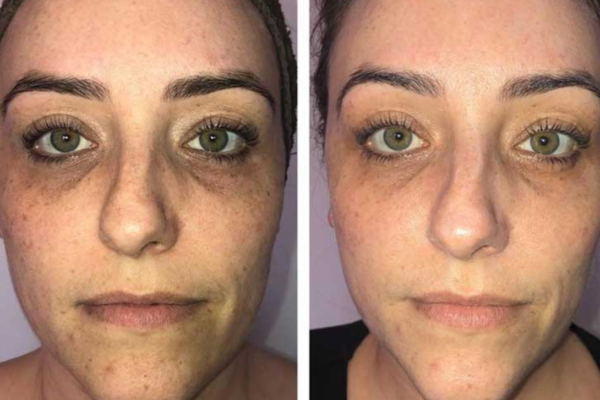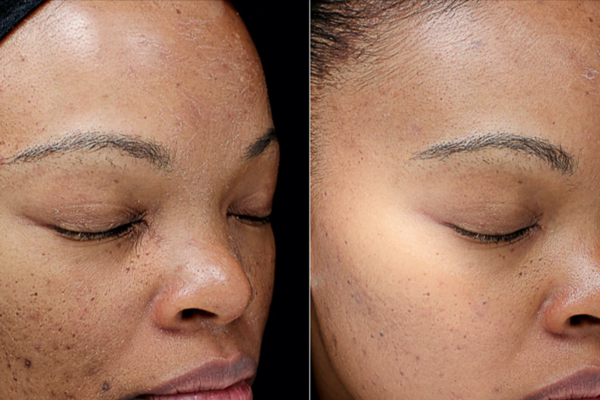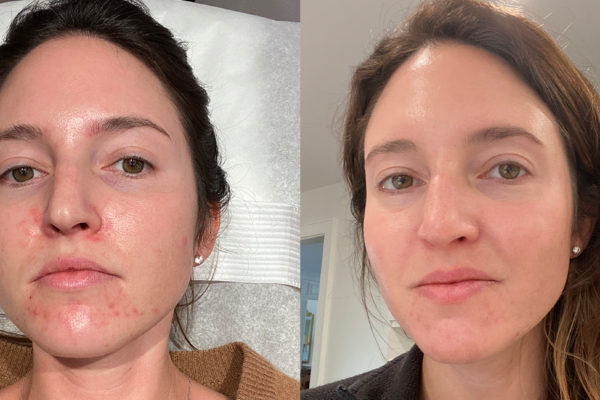
Chemical Peel
Chemical skin peels are one of the most recognised forms of defence against the myriad effects of ageing upon the skin. With the removal of old skin cells, new cell regeneration is promoted and the visible effects of ageing from sun damage to acne are ameliorated.
THE SCIENCE OF PEELS
Chemical skin peels are one of the most recognised forms of defence against the myriad effects of ageing upon the skin. With the removal of old skin cells, new cell regeneration is promoted and the visible effects of ageing from sun damage to acne are ameliorated. The skin is left smoother and softer with the appearance of pore size, pigmentation, fine lines, age spots and even superficial scars improved. Professional peels – that is, peels conducted by a trained professional in the clinic setting – are of a greater concentration than those permitted at home and as such are more effective.
Superficial peels will act on the surface or outer layer of the skin, leading to effective chemical exfoliation, while deeper-performing peels have the ability to penetrate further into the skin and therefore achieve a more stimulating effect as well as the exfoliation described above.
The mechanism of the peel is key. The skin’s outermost layer, the epidermis, consists of four strata, or levels. New skin cells form in the deepest layer, the stratum basale. Through the process known as keratinisation, these cells migrate up through successive layers from the stratum basale to the stratum corneum, the outermost layer. We know that the cells of the stratum corneum shed at the rate of about one cell layer per day but with an increase in age, that process of shedding slows down, and flat, dry cells accumulate on the skin’s surface, giving a dull appearance to the skin and obstructing any effective application of products.



